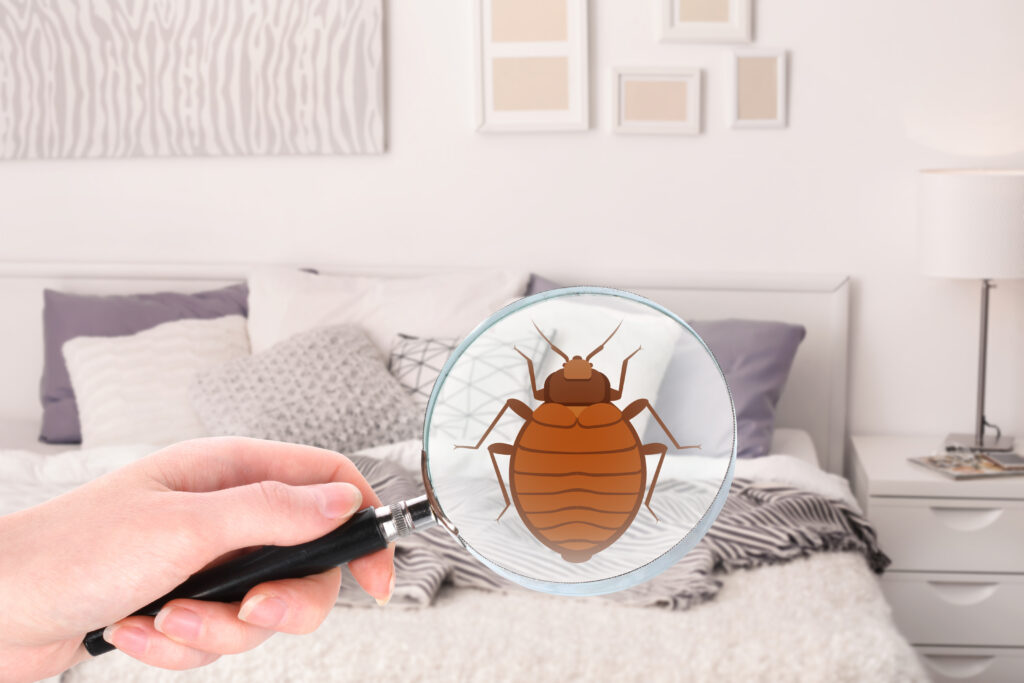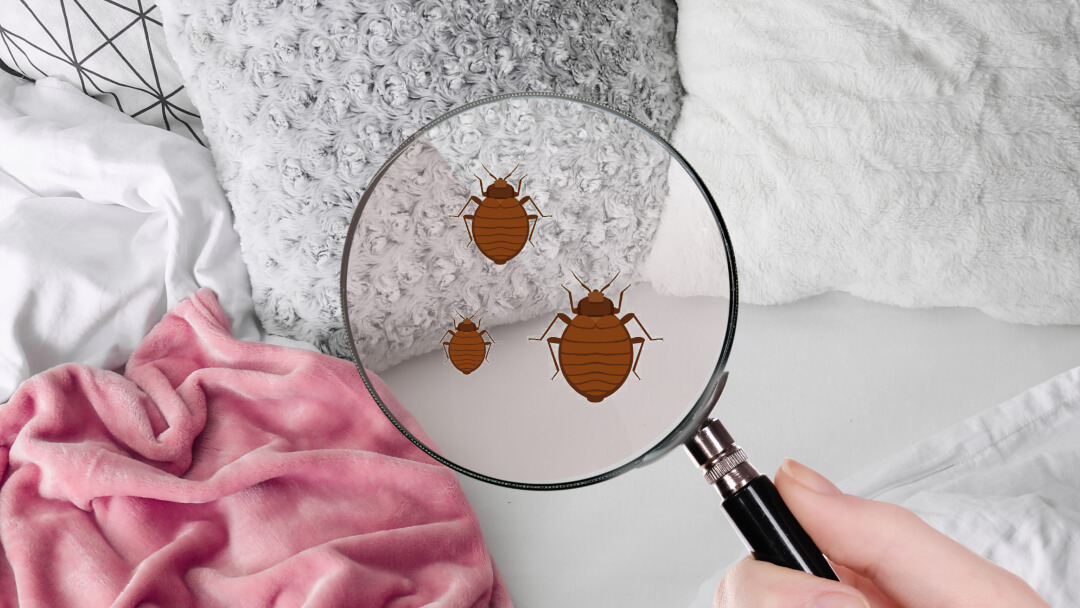A1 Bed Bug Exterminator Houston: Quick Removal Solutions
A1 Bed Bug Exterminator Houston: Quick Removal Solutions
Blog Article
Recognizing the Lifecycle of Bugs for Targeted Control Approaches
Understanding the lifecycle of bugs is a basic aspect of efficient bug monitoring methods. With a much deeper understanding of exactly how pests thrive and advance, customized control approaches can be developed to resolve certain factors in their lifecycle, ultimately leading to more effective bug monitoring outcomes.
Relevance of Understanding Bug Lifecycle
Comprehending the lifecycle of parasites is crucial for establishing effective and targeted control techniques in parasite administration. By understanding the numerous phases a bug goes through from egg to grownup, bug control specialists can identify vulnerable factors in the lifecycle where intervention can be most effective.
Moreover, recognizing the particular ecological conditions required for every stage of the bug's lifecycle can assist decisions on environment alteration or exemption techniques to lower and disrupt the lifecycle pest populations. This knowledge allows pest administration experts to execute proactive steps instead of relying only on responsive therapies, bring about even more lasting and sustainable parasite control services. Ultimately, a complete understanding of bug lifecycles equips pest control specialists to tailor their strategies effectively, making best use of and lessening environmental effects control outcomes.
Secret Phases in Bug Growth
To efficiently carry out targeted control techniques in parasite administration, an important element exists in comprehensively recognizing and recognizing the essential phases in parasite growth. Pest growth typically consists of numerous vital stages that are important for their lifecycle and administration.

Vulnerabilities in Parasite Lifecycle
Throughout the different phases of an insect's lifecycle, distinctive vulnerabilities emerge that can be strategically targeted for effective control measures. One crucial susceptability hinges on the egg phase, where bugs are usually much more vulnerable to particular pesticides or biological control agents due to their soft outer covering, making them less complicated targets for treatment. In addition, the larval or nymph stage offers susceptabilities as pests undergo quick development and advancement, needing high power intake that can be manipulated by disrupting their food sources or introducing development preventions. Pupal phases, characterized by immobility and improvement, provide a home window for targeted control via physical obstacles or details treatments that impede effective development. Grown-up parasites, while more durable due to their reproductive capability, can still be at risk during breeding or egg-laying activities, which can be interrupted via pheromone catches or sterilization techniques. Understanding these vulnerabilities in the parasite lifecycle is necessary for establishing reliable and specific control strategies that effectively manage insect populaces while decreasing ecological impact.
Applying Targeted Control Procedures

Carrying out targeted control steps commonly entails a multi-faceted method. This may consist of habitat alteration to make the setting less welcoming to parasites, such as eliminating standing water for mosquito control or sealing entrance factors for rodents. Furthermore, organic control techniques can be utilized, where natural predators or virus are introduced to maintain pest populations in check.
Integrated Pest Monitoring (IPM) techniques that integrate various control procedures in a coordinated and sustainable way are typically the most efficient in attaining long-lasting parasite monitoring goals. By applying targeted control actions based on a thorough understanding of pest lifecycles, insect populations can be efficiently controlled directory while reducing threats to human health and the setting.
Improved Parasite Monitoring Practices

Moreover, the consolidation of organic control representatives, such as natural killers or virus of parasites, can help in reducing reliance on chemical pesticides and advertise a much more balanced ecological community. Applying physical obstacles and catches can likewise be component of improved insect management techniques, providing non-toxic and targeted remedies for pest control. Additionally, using scents and various other semiochemicals can interfere with pest mating patterns and communication, resulting in minimized insect populations with time.
Verdict
In verdict, recognizing the lifecycle of pests is vital for effective bug management methods. By determining essential phases in bug advancement and susceptabilities in their lifecycle, targeted control steps can be carried out to lessen bug populations. Enhanced bug administration practices can aid minimize the reliance on broad-spectrum chemicals and advertise even more lasting and eco-friendly bug control approaches. This knowledge plays an important role in keeping healthy ecological communities and agricultural productivity.
Comprehending the lifecycle of pests is necessary for creating reliable and targeted control strategies in pest monitoring. By understanding the numerous stages a pest goes with from egg to grownup, bug control experts can determine vulnerable factors in the lifecycle where intervention can be most effective. Ultimately, a detailed understanding of bug lifecycles encourages parasite control experts to tailor their methods efficiently, lessening environmental impacts web link and maximizing control results.
By executing targeted control actions based on a detailed understanding of bug lifecycles, bug populaces can be efficiently regulated while minimizing threats to human health and the environment.
By determining vital phases in parasite growth and vulnerabilities in their lifecycle, targeted control procedures can be executed to minimize bug populaces.
Report this page